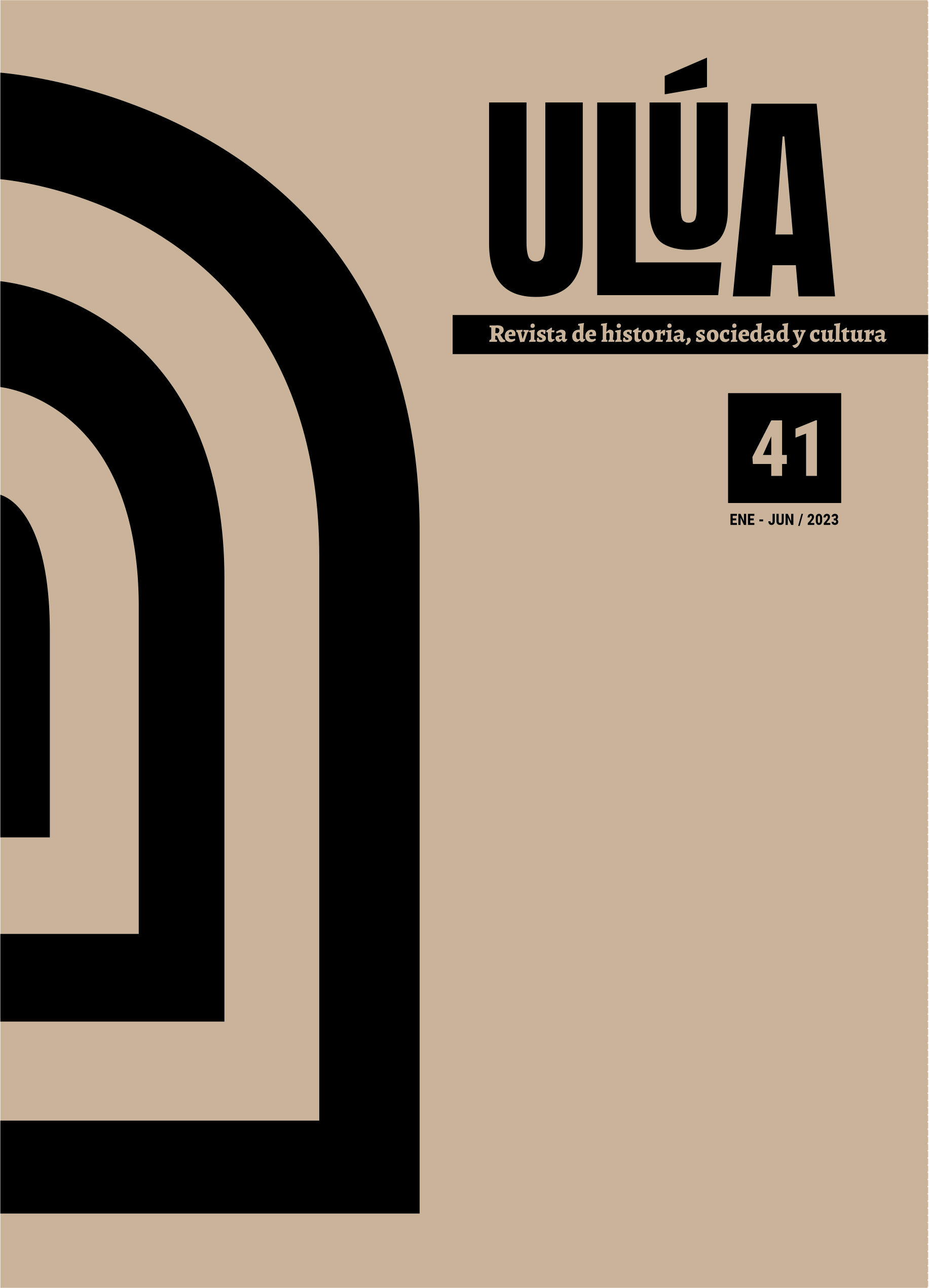Abstract
In response to the increase of migration flows through Mexico, humanitarian services for migrants have multiplied over the last ten years to the point of constituting an uneven tapestry of associations and institutions, fragile in many aspects and consolidated in others. Based on the observation of different spaces dedicated to the care of migrants in the state of Veracruz, we propose to revisit three concepts that serve to interpret this complexity: that of oasis, when shelters provide migrants with basic protection services and immediate refuge; that of node places, which can constitute humanitarian spaces when they offer administrative and legal support and concentrate resources and actors; and that of networks, which articulate the above in a complex fabric of local, regional and international, governmental or associative entities. The three aspects are combined in time. The three aspects are combined in time, space, and levels of action, which explains the lability and adaptability of the humanitarian system dedicated to migrants.
Key words: shelters, migration, humanitarian support, Veracruz, migrants.
Ulúa se rige bajo una licencia de Creative Commons de Reconocimiento-No Comercial-Sin Obra Derivada CC BY-NC-SA 4.0 que autoriza la reproducción total o parcial de los artículos aquí presentados, siempre y cuando se cite la fuente completa y su dirección electrónica.

